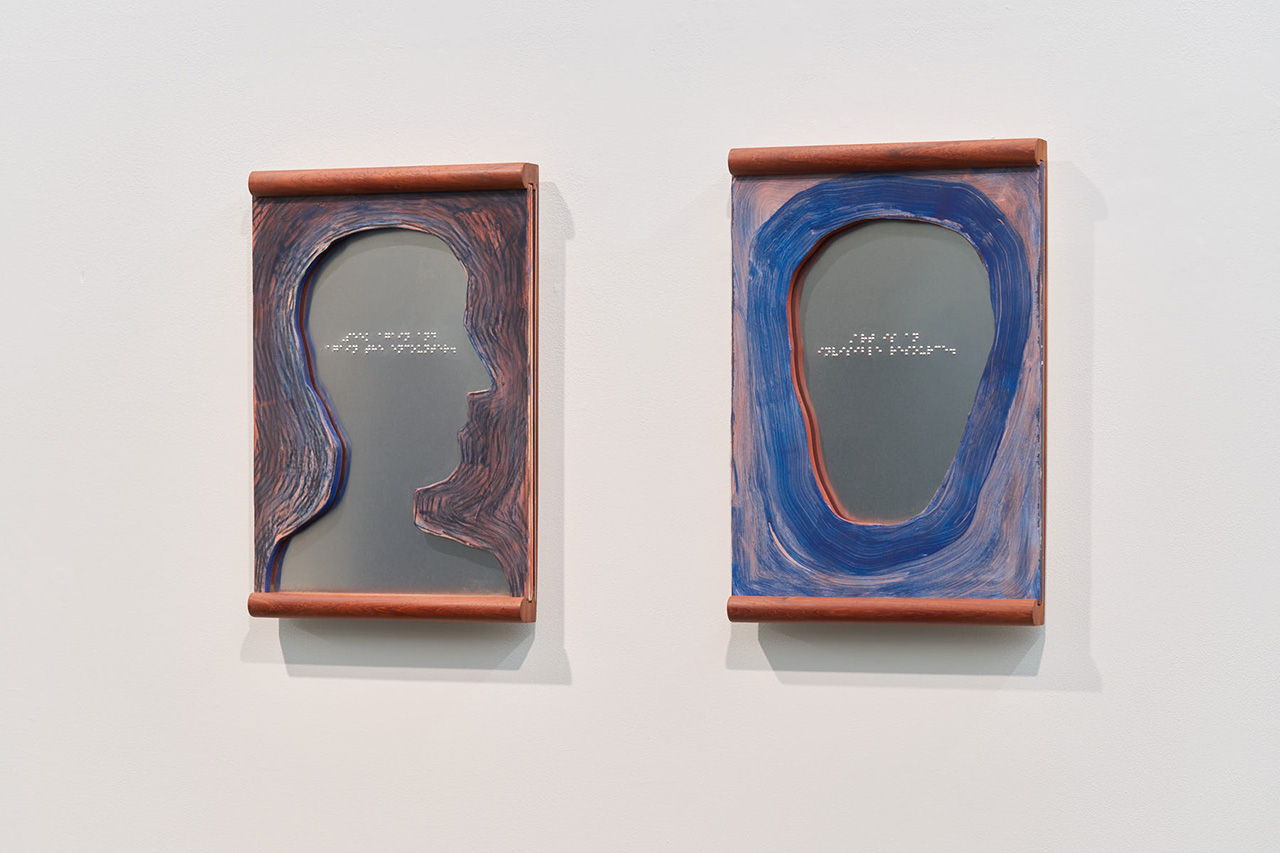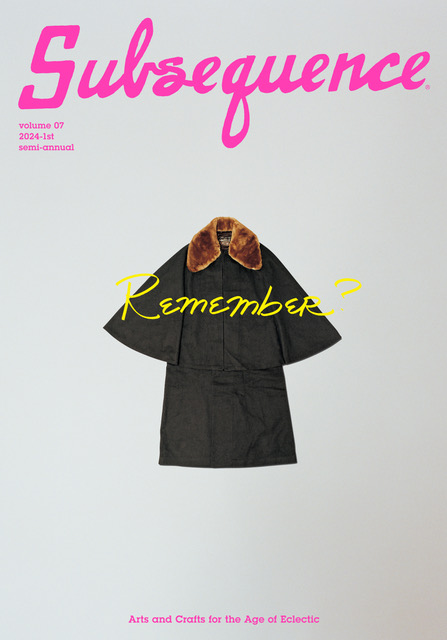Artisan
Fe Ca Su
2025.07.02
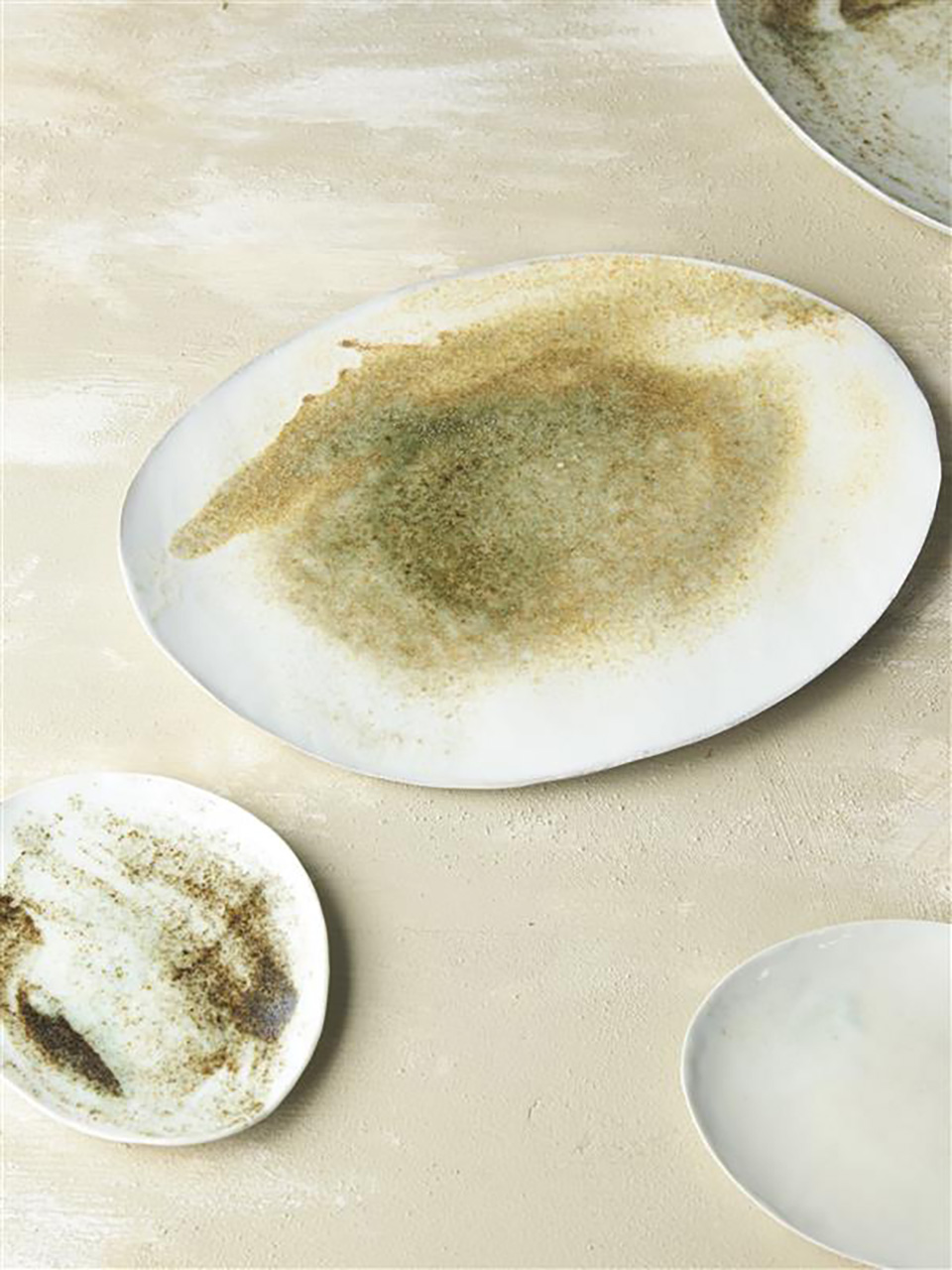

Artisan
Text: Joanna Kawecki
2021.11.05
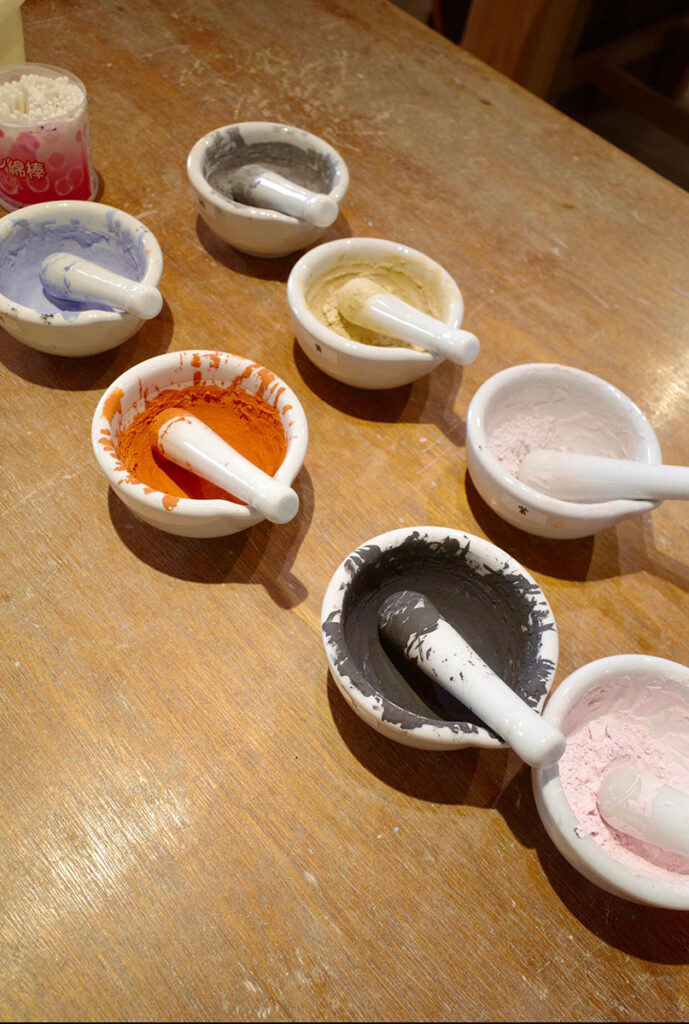
After visiting the small town of Komatsu in Ishikawa’s Prefecture, it opened a wide door into the world of Japan’s kutani-yaki porcelain wares. Delicate yet robust, detailed yet expressive — the famed ceramic wares are an artistic bundle of contrasts and contradiction. What first draws you to kutani-yaki are the vivid colors, intricately-painted patterns and elaborate scenes found detailed across sake cups to bowls and incense burners. Imagine drinking your morning coffee and being transported away to a Japanese mountainous landscape framed and painted perfectly on your cup. You can imagine how steady an artisan’s hand would need to be! Traditionally made in Kutani, kutani-yaki originated over 360 years ago when the region first started making clay from crushed stones mined from the neighbouring Hanasaka mountains. As stone not clay, the smooth porcelain form of kutani-yaki lends itself rather to be painted on with their delicate yet sturdy structure featuring a coloured overglaze of imagery akin to a painting. Uwa-e-tsuke, known as the technique of overglaze painting, utilises the five main Kutani color pigments (kutani-gosai) green, yellow, red, purple and dark blue. Made by highly-skilled craftsmen and artisans, I find their functional beauty also as art for the home.
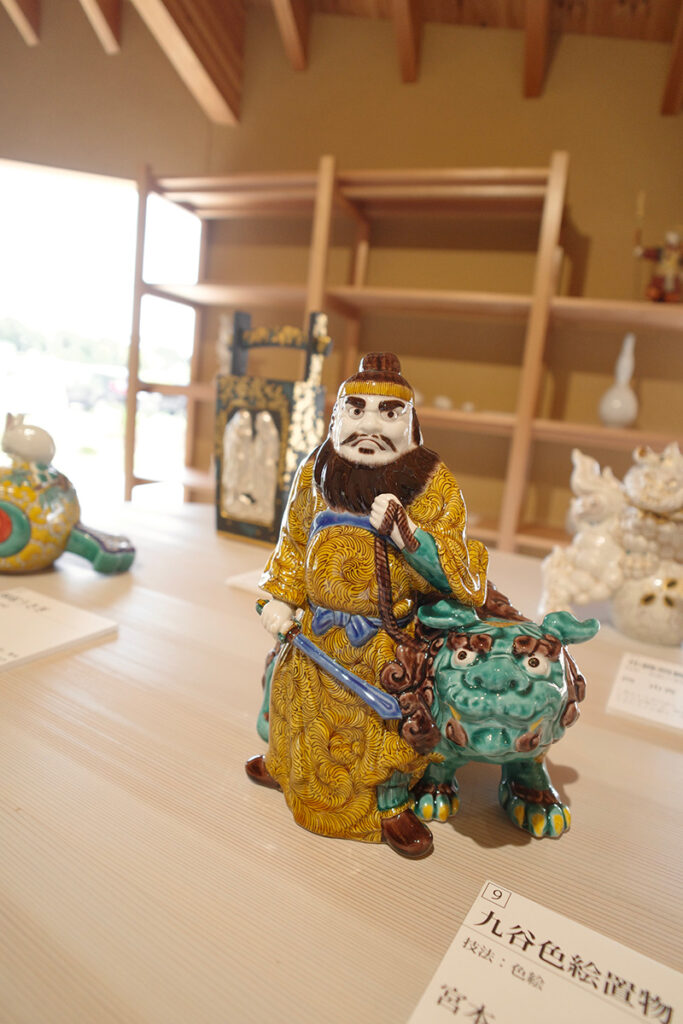
Joanna Kawecki
Tokyo-based Editor and Journalist specialising in design and architecture. She co-founded Ala Champ Magazine in 2009, and also leads Champ Creative, an international consultancy, editorial production and special projects studio in fashion, art and design.
Artisan
Fe Ca Su
2025.07.02

Artisan
WaNa
2025.06.18

Artisan
Aiko Hama “M e m / o / r a n / d u m”
2025.05.21
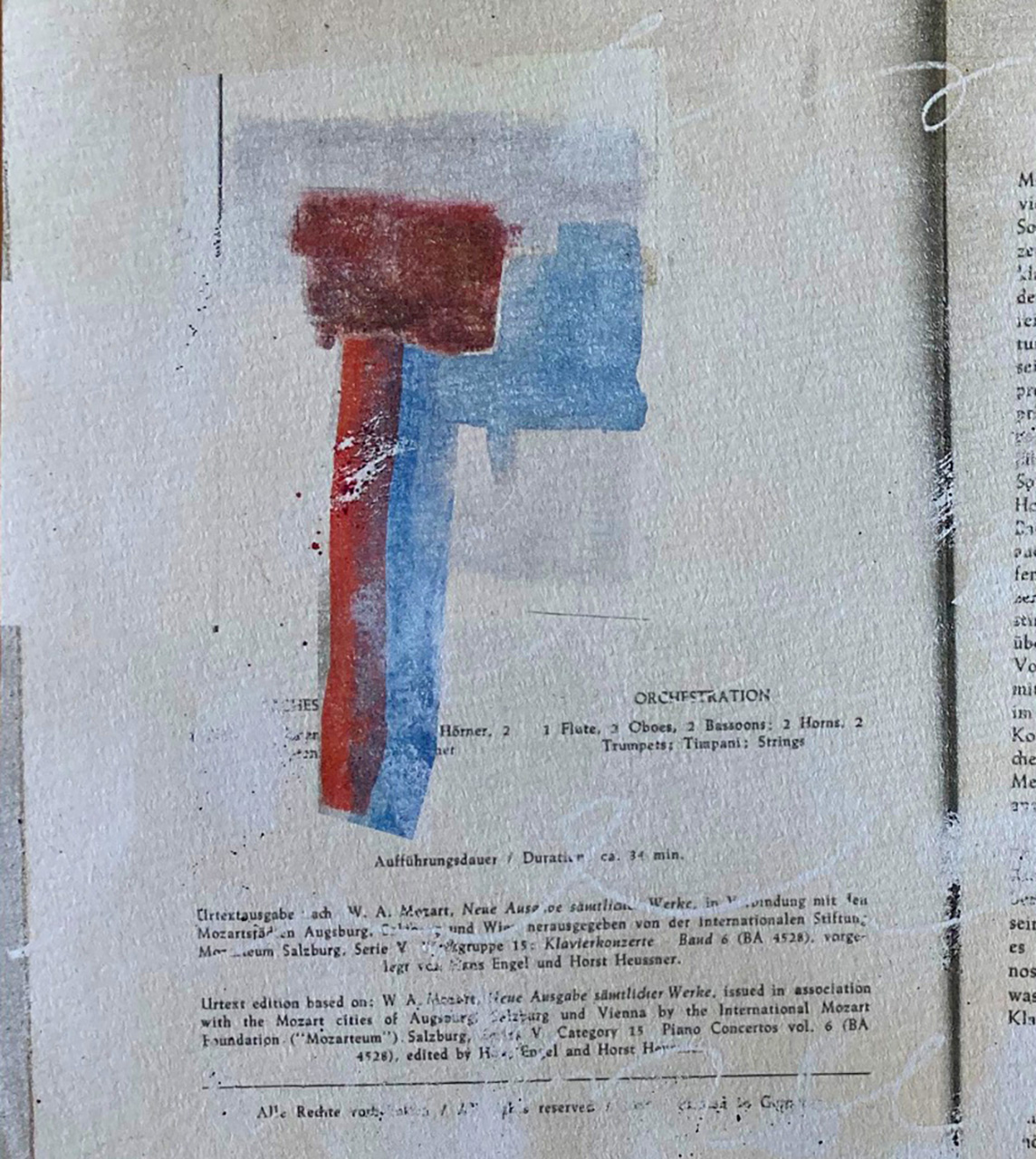
Artisan
Cécilia Andrews
2025.05.07
